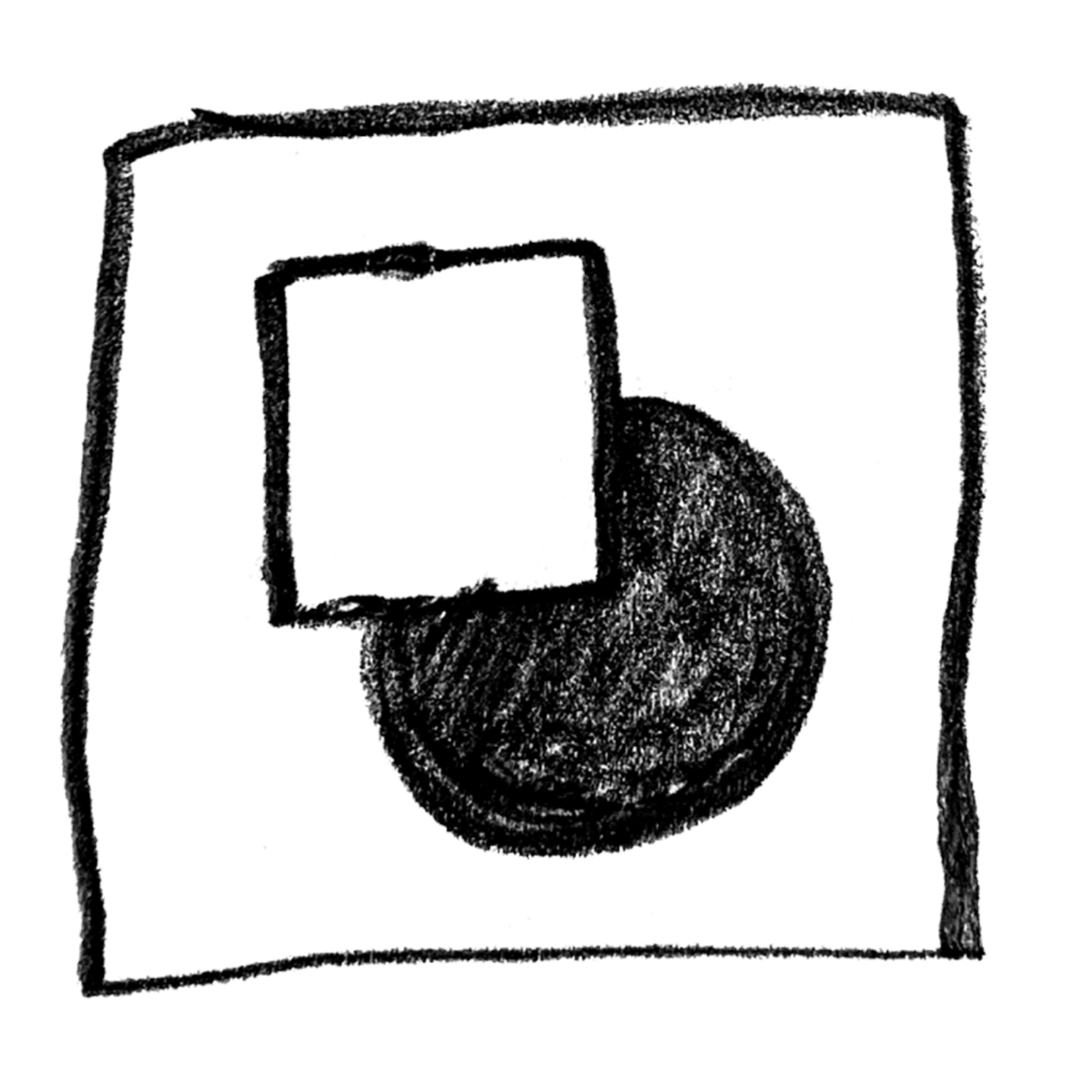


Feathers of an open book
Jean Paul experimented with the art of engraving, also known as printmaking. Whether exploring lithography, etching, lithograph collages or other mixed media, he pushed his creative boundaries by playing with different techniques.
While many of his prints represent different fauna, he had a clear preference for illustrating birds. His techniques, lines, shapes and colours bring owls and geese to life.
Read more
Intentions
Intentions
- Become acquainted with Jean Paul Riopelle through the Trajectories theme;
- Develop an ability to appreciate works of art;
- Develop an ability to create;
- Experiment with printmaking techniques;
- To appropriate the disciplinary vocabulary.
Project summary
Put together a collective art book where each student creates an image of a bird that symbolizes a positive or negative emotion.

Approximate time
4 hours

Technique
Mixed

Notions
Incised (or Engraved) Line
A mark created using cutting tools, like scissors, a retractable utility knife, etc.
Tangible Line
A mark created using three-dimensional material, like string, metal wire, wool, etc.
Line
A continuous mark, real or projected. Lines are variable and have many characteristics: they can be drawn, painted, engraved, incised or tangible; wide, narrow, short, long, curved or straight.
Wide and narrow lines are defined by their varying width.
Short and long lines are defined by their varying length.
A straight line is defined by the mark's regularity.
A curved line is defined by the mark's curve.
Real or Represented Texture
Elements that form a material's surface. Texture can be real or represented.
Real texture can be observed and felt. It's the result of repeated gestures that create real marks on a surface (lines, points, drips, etc.).
Represented texture is when real texture is imitated on a two-dimensional surface using graphic elements (lines, points, drips, etc.) to reproduce real elements (fish scales, animal fur, bird feathers, etc.).
Volume
An element that occupies a given space. Volume can be real, with measurable height, width and depth, or represented/suggested. In the latter case, a three-dimensional object is imitated using two-dimensional graphic methods. In other words, an illusion is created by playing with light/shadow and perspective.
Pattern
A repeated decorative design. Patterns can be observed on fabrics, tapestry, plates, etc.
Movement
A result of shifting energy or motion. Movement can be produced by organizing artistic elements in different ways: the direction of the lines, spots, colour placement, which tools or materials were used to make lines, etc.
Pattern
A repeated decorative design. Patterns can be observed on fabrics, tapestry, plates, etc.
Geometric Shape
A shape made out of closed lines. These figures are often used in mathematics and are identifiable: circle, square, triangle, etc.
Material
Context
Symbolism can be a powerful communication tool for teenagers. Exploring animal metaphors—in this case, bird metaphors—can be a useful and poetic way for young adults to express their emotional sensitivity.
This activity invites participants to learn about printing on styrofoam.
Take it one step further
Optional activities to complete during or after the project

Digital fun
Interdisciplinary ICT ideas;
Add in an element of augmented reality.
- Include elements of augmented reality by overlaying an animated image with an application like Slide AR.
Play with storytelling
Interdisciplinary English idea;
Write a story.
- Write a story that explains what emotion the bird evokes and why.
Have fun with philosophy
A way to introduce philosophy to children;
Use a philosophical question as a starting point for a thought experiment.
- Explain what philosophy is;
- Set the parameters: listen to others, don’t pass judgment, don’t laugh at others, respect different opinions, etc.;
- Introduce the following questions:
- What’s an emotion?
- What’s the difference between an emotion and a feeling?
- Why do we have emotions?
- How should we express our emotions?
- Invite students to discuss these questions;
- Invite students to express whether they agree or disagree with their classmates;
- Encourage students to explain their ideas: “what do you mean?” or “can you give an example of your idea?”;
- Invite students to create a table that categorizes the actions we can take toward Mother Earth as either Caring or Destructive;
- Share the answers out loud;
- Throughout the exercise, jot down the answers in a mind map.
Variation

Beginner
Skip the basic exercise.

Intermediate

Advanced
Write a longer text;
Create separate books for positive and negative emotions.







